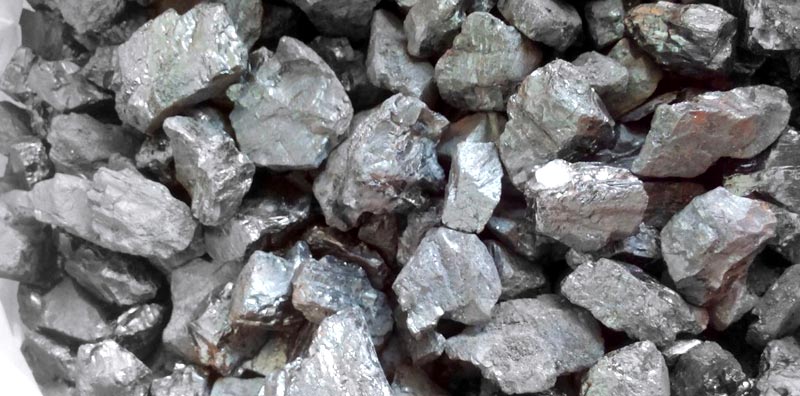6 Types of Modification Methods for Coal Gangue

In order to solve the problem of coal gangue accumulation, find ways to extract the additional utilization value of coal gangue, and “turn waste into treasure” to the maximum extent, many researchers have modified coal gangue to increase its activity, making it a material with various high Value-added environmentally friendly materials solve the problem of coal gangue pollution from the root cause and achieve the purpose of waste resource recycling and environmental protection.
At present, the modification methods of coal gangue mainly include traditional acid or alkali treatment, mechanochemical method, surface organic modification method, calcination modification method, hydrothermal modification method and composite modification method.
1. Mechanical modification method
Mechanical grinding is a common physical method for modifying materials. Grinding coal gangue will increase its specific surface area and thereby improve the adsorption activity of solid particles. It will also change the crystal structure and crystal particle size of coal gangue, and the raw materials are in When the particles are refined, micro-homogenization is obtained, and the reactivity will be greatly improved.
2. Acid or alkali modification method
Acid modification is to dissolve acid-soluble metal ions such as Al, Fe, and Ca in the coal gangue through acid leaching, improve the pore size distribution, number of holes, and specific surface area inside the coal gangue, and change the crystal structure and surface properties of the coal gangue; in addition In addition, acid modification can also increase the active sites of coal gangue to make its adsorption performance stronger.
3. Surface organic modification method
Surface modification of coal gangue refers to grafting a layer of organic modifiers on the surface of coal gangue through chemical or physical methods to change the surface charge, hydrophilicity, dispersion and other properties of coal gangue, and perform modification and activation to give coal gangue its unique properties. Adsorption characteristics, enhance the repair and activation ability of coal gangue, and broaden the application scope of coal gangue.
4. Calcination modification method
Calcination modification refers to the process of transforming low surface activity kaolinite in coal gangue into highly active metakaolinite through high-temperature roasting. The porosity and crystal structure of coal gangue can be changed through calcination. The degree of calcination modification of coal gangue is mainly affected by the calcination temperature and calcination time. The difference between these two main factors will cause different phases of kaolin in coal gangue. Changes will lead to performance differences in the calcined modified coal gangue.
5. Hydrothermal modification method
Hydrothermal modified coal gangue refers to a certain degree of physical or chemical modification of coal gangue under a certain temperature and pressure to obtain a more complete material. In particular, the supercritical hydrothermal method has many unique properties. It can not only improve the reactivity of coal gangue, but also change the internal structure of coal gangue to a certain extent. When used to prepare zeolite molecular sieves, it can obtain high cleanliness and complete crystal form. New Materials.
6. Compound modification method
Composite modification is generally based on thermal modification, using mechanical modification or chemical modification to stimulate the activity of coal gangue. Composite modification can integrate the advantages of a single modification method to a certain extent, make up for its inherent defects, and produce synergistic effects. The comprehensive performance of composite modified coal gangue is obviously better than that of coal gangue modified by a single process, and it can also meet various needs. Industrial needs. Moreover, the composite process can greatly improve the activation efficiency of coal gangue, obtain coal gangue composite materials with better performance, and promote the efficient utilization of mineral resources in coal gangue, so it is widely used.
